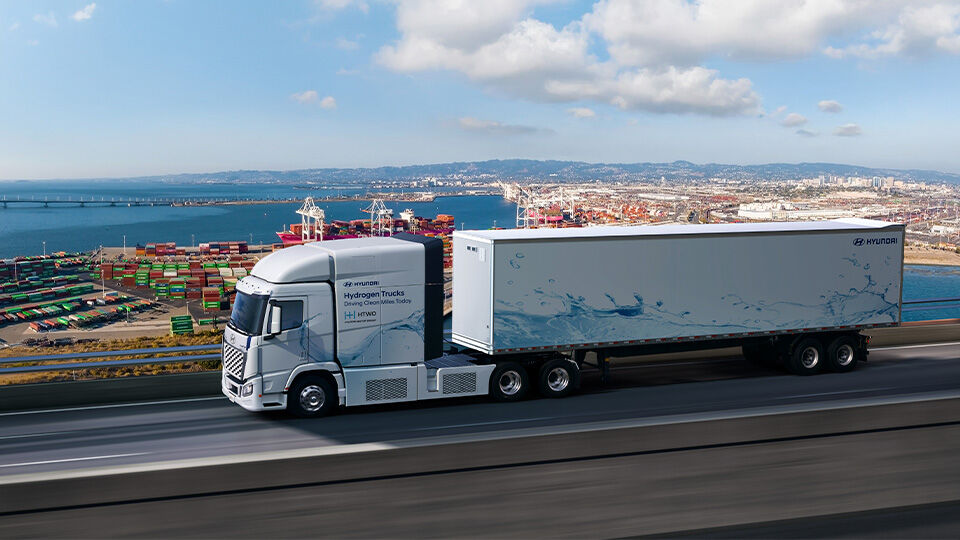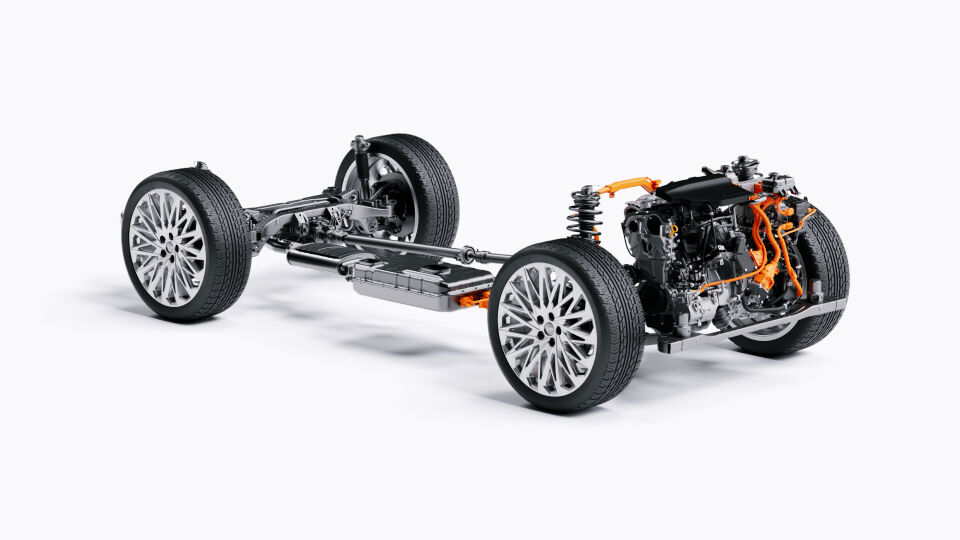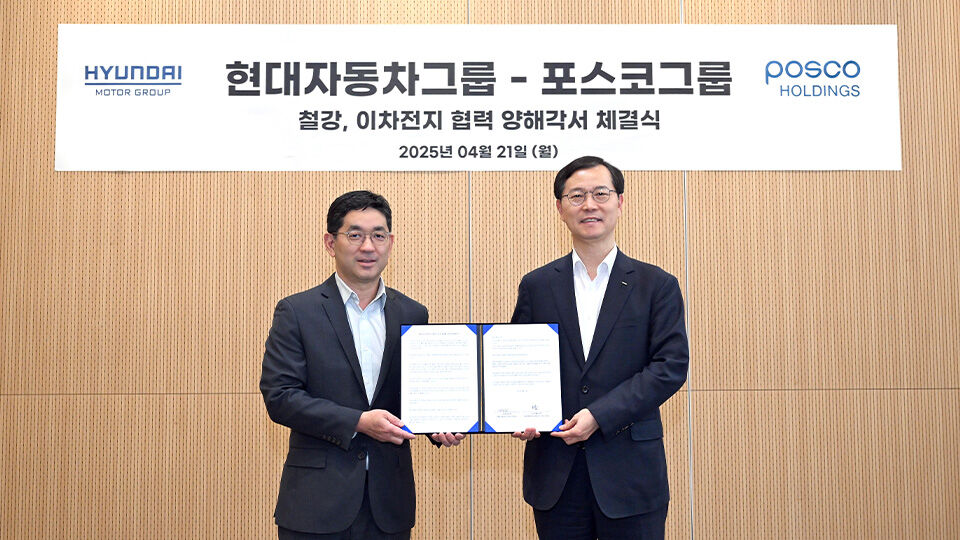Hyundai Worldwide Global Navigation
Hyundai Motor Group is deploying dedicated private cloud platform, HCloud, within Equinix data centers globally.
Hyundai Motor Company today announced global sales of 353,338 units in April 2025, a 2 percent year-over-year increase
Hyundai Motor Company and Plus unveiled a shared vision at the Advanced Clean Transportation (ACT) Expo 2025 in Anaheim, California, outlining how their collaboration on autonomous hydrogen-powered fuel cell trucks aims to accelerate the development of a hydrogen-powered freight network in the United States.





